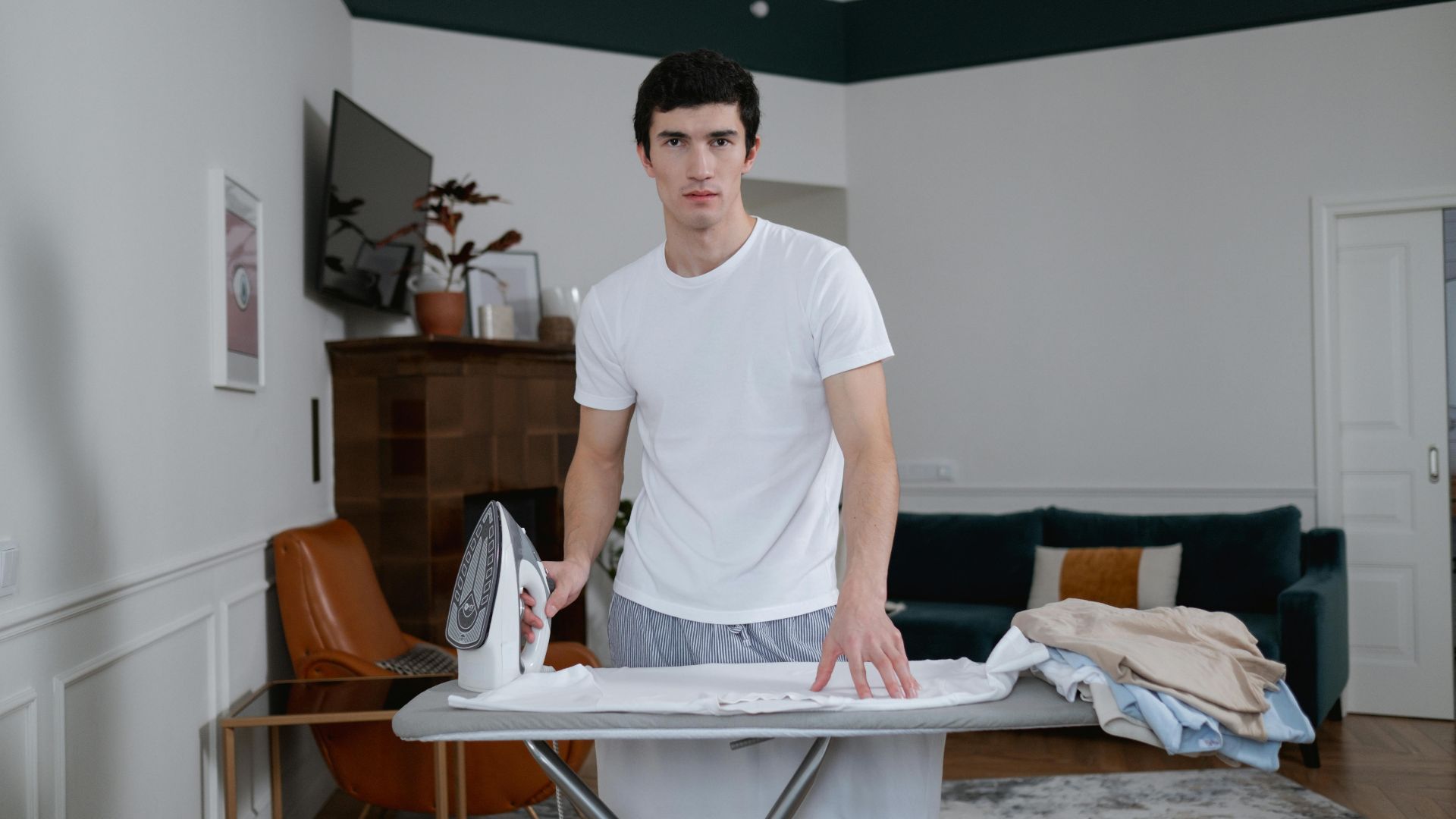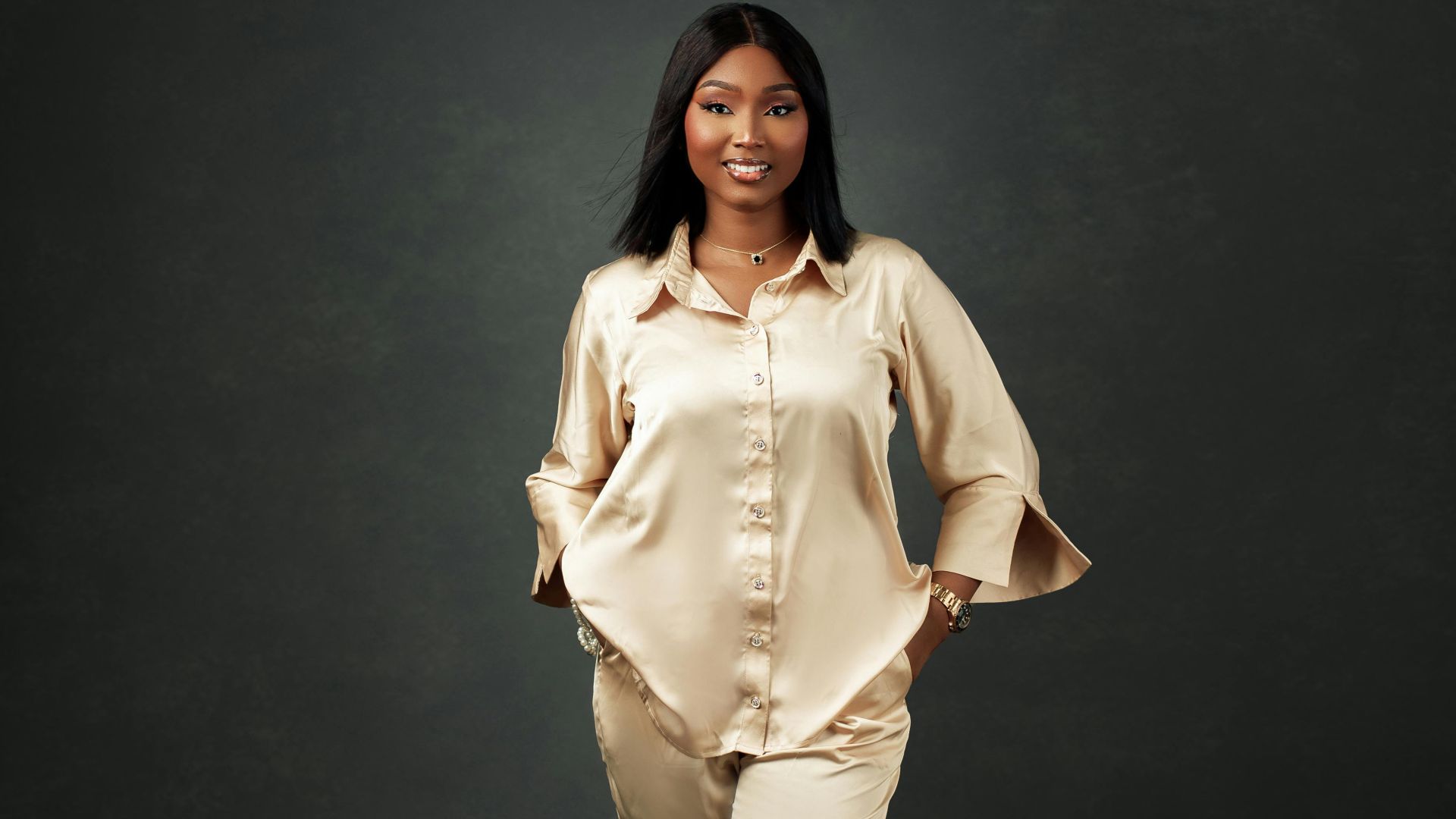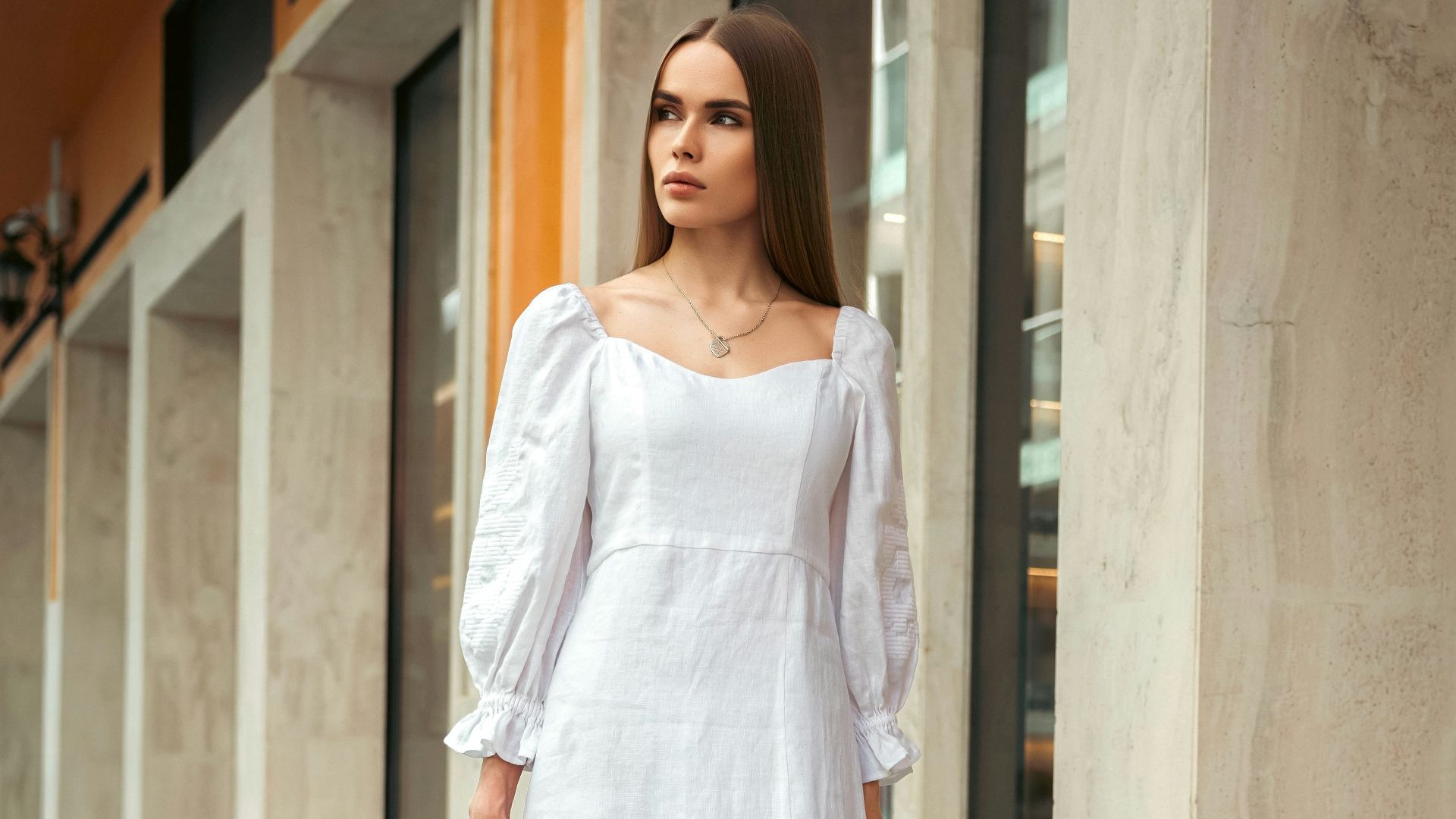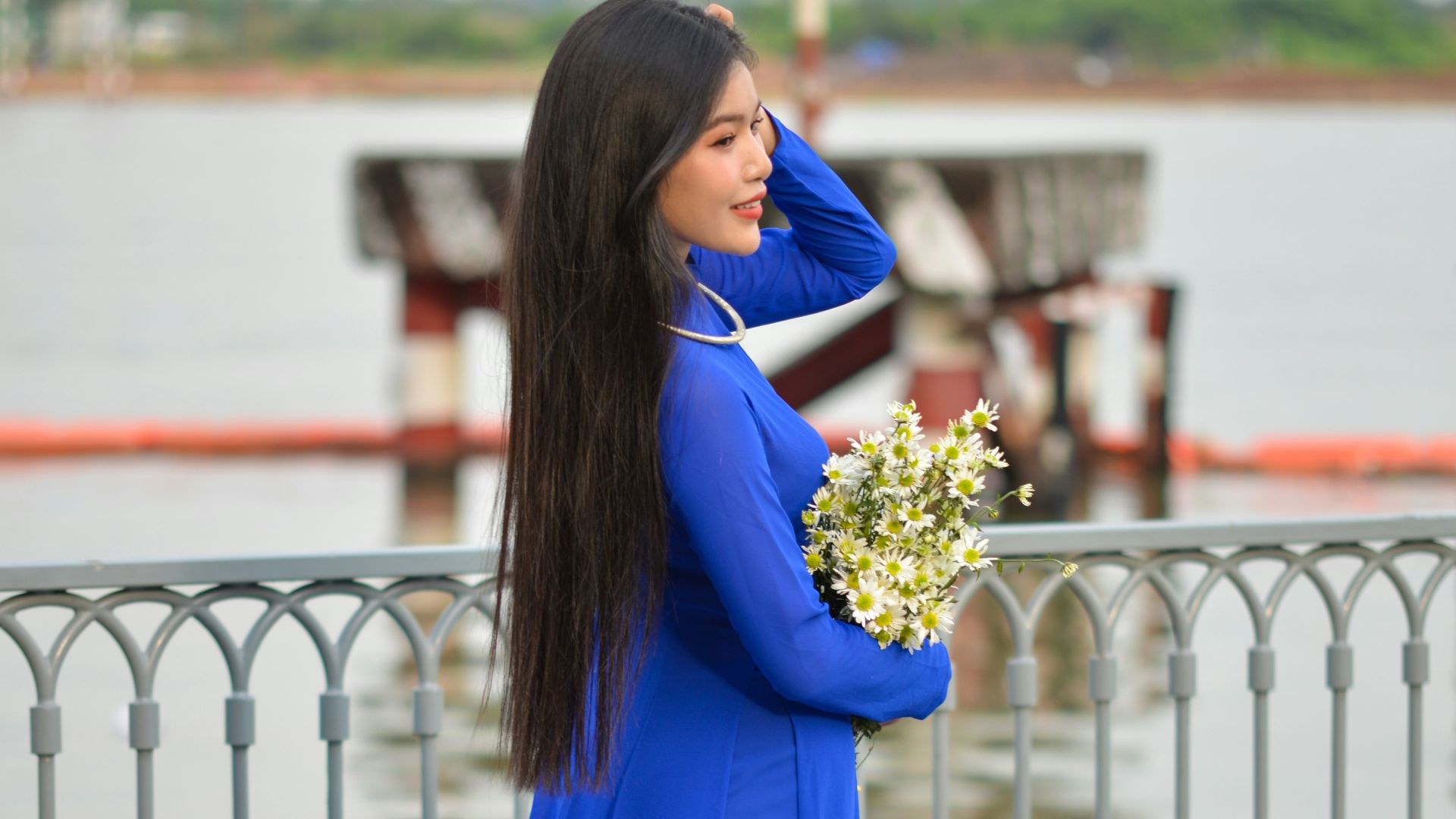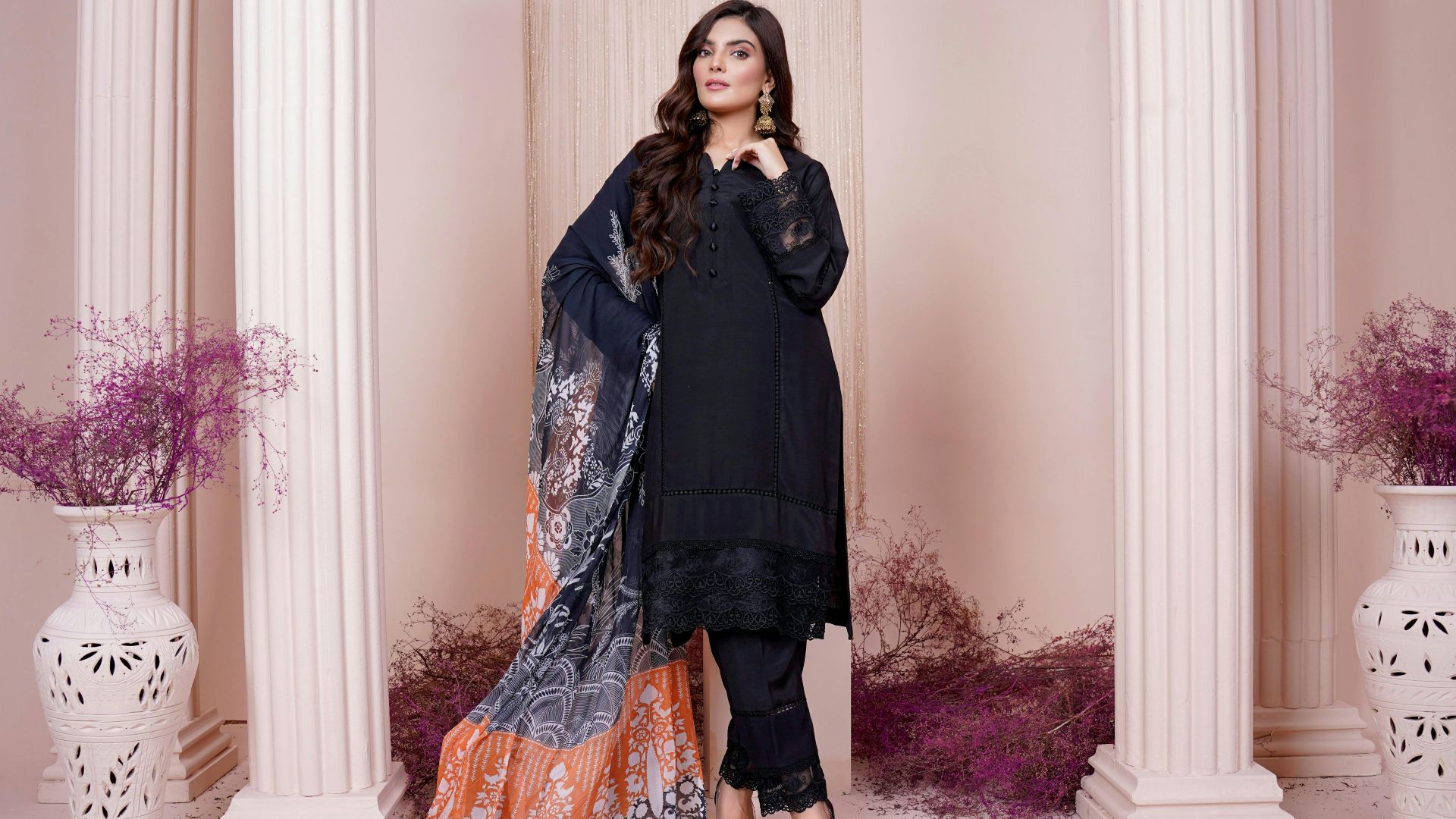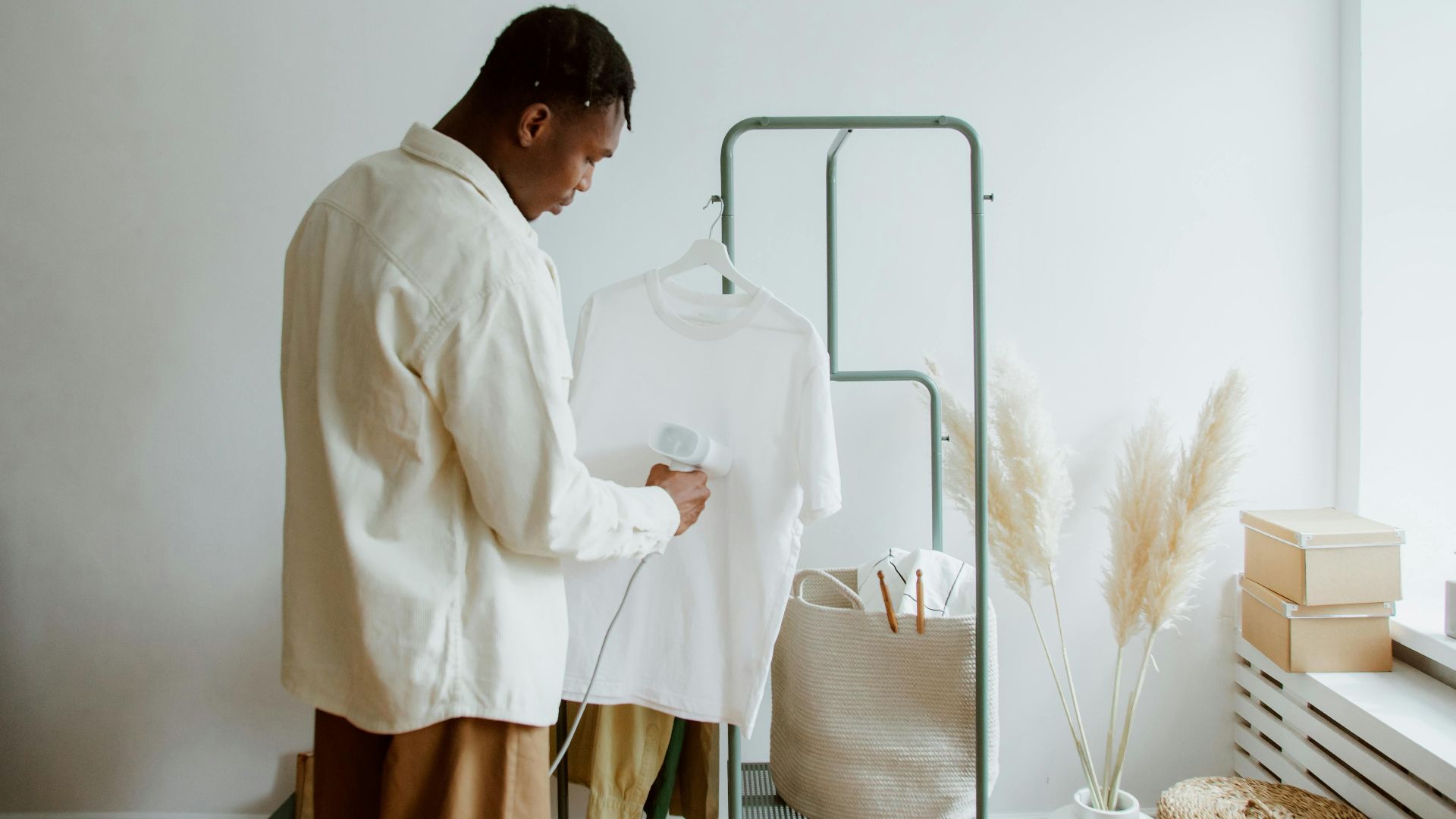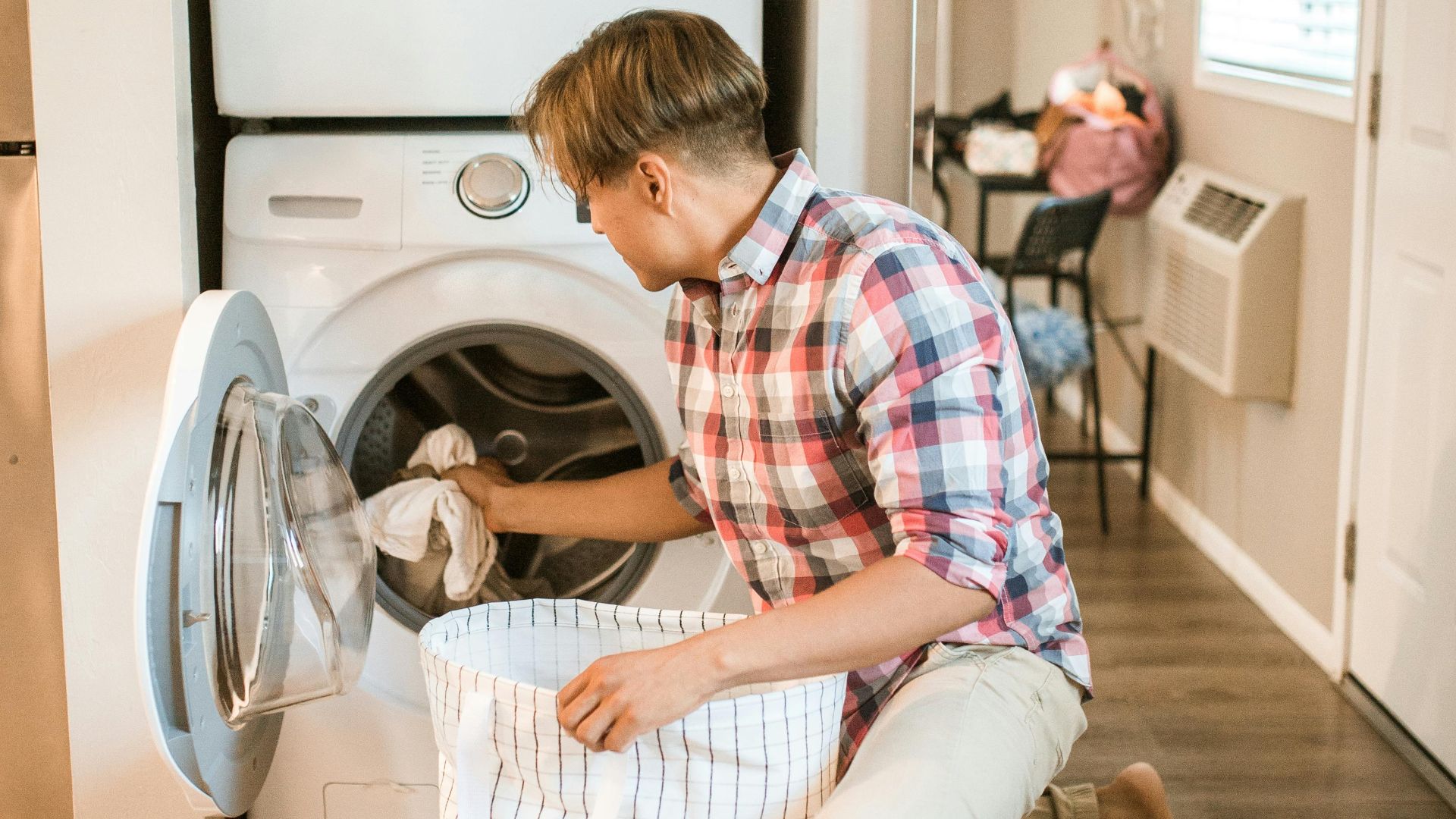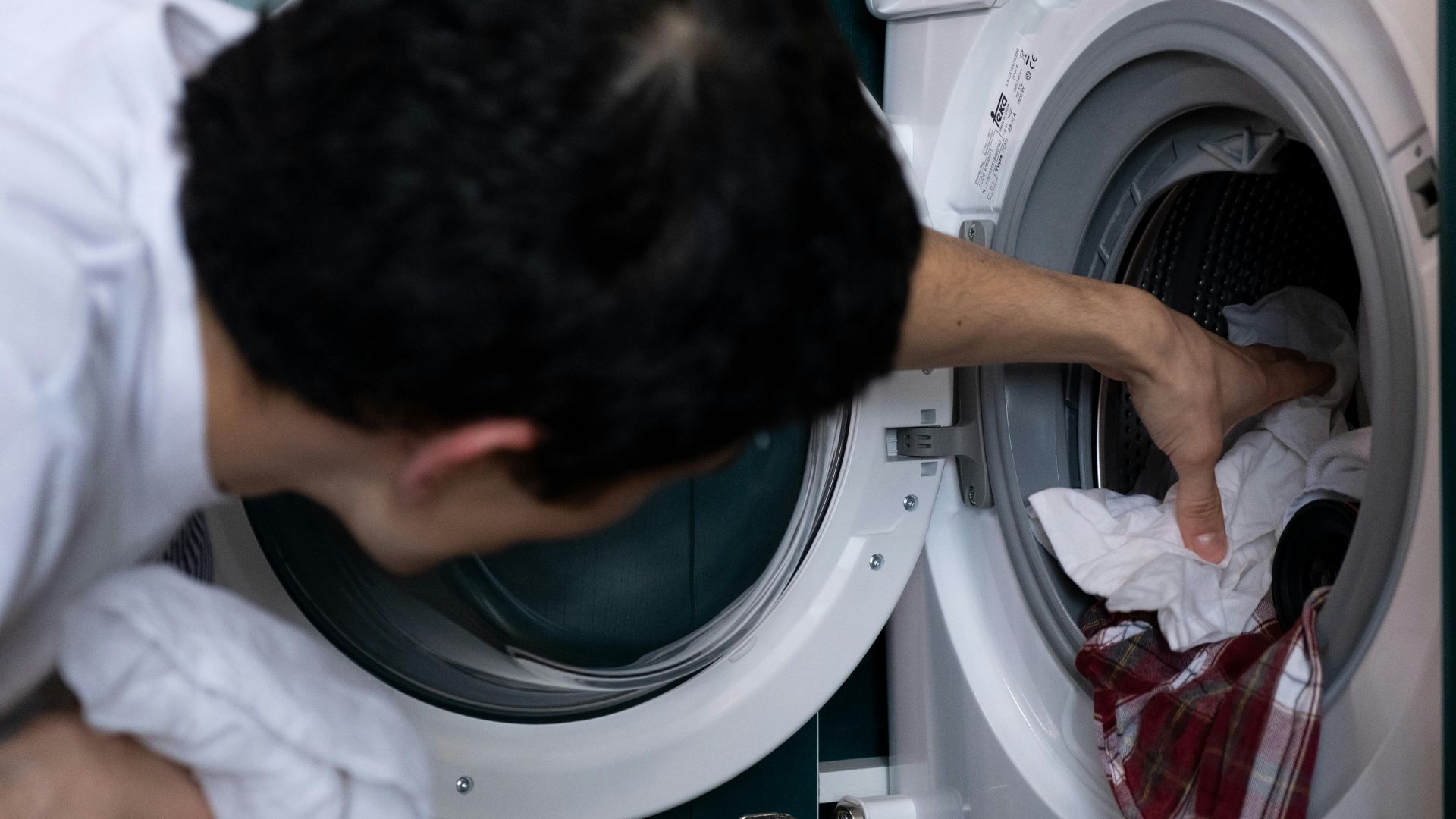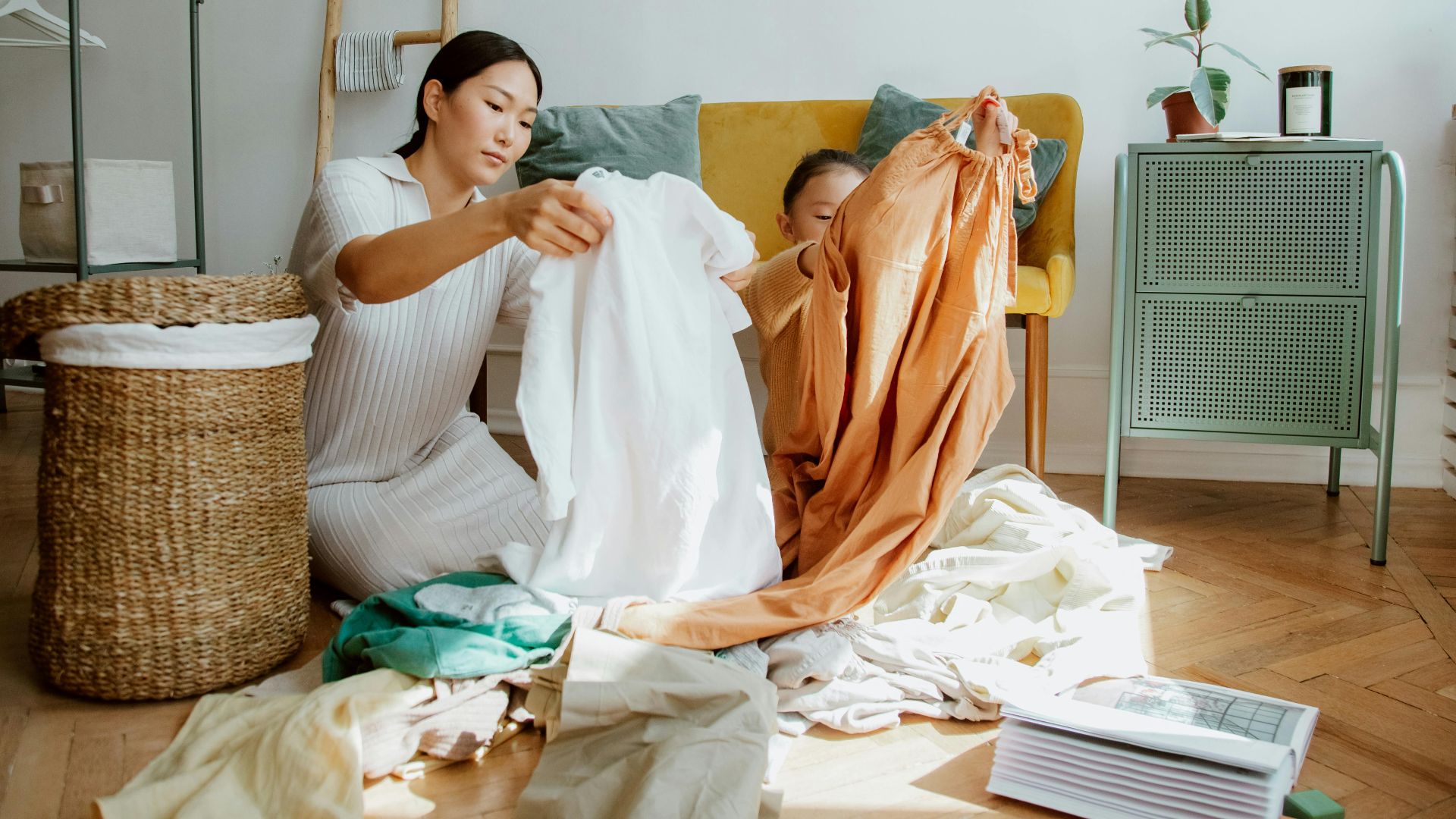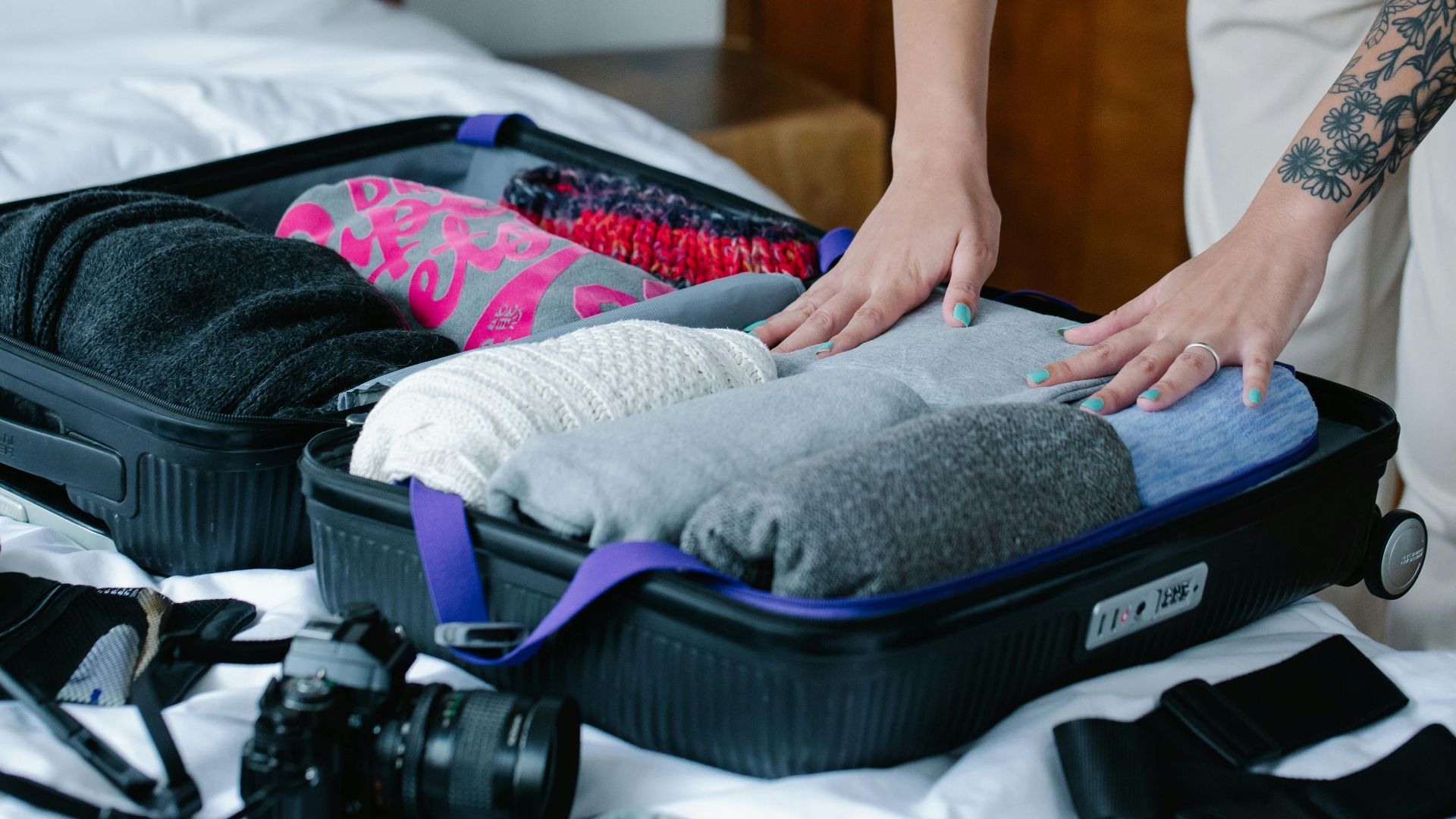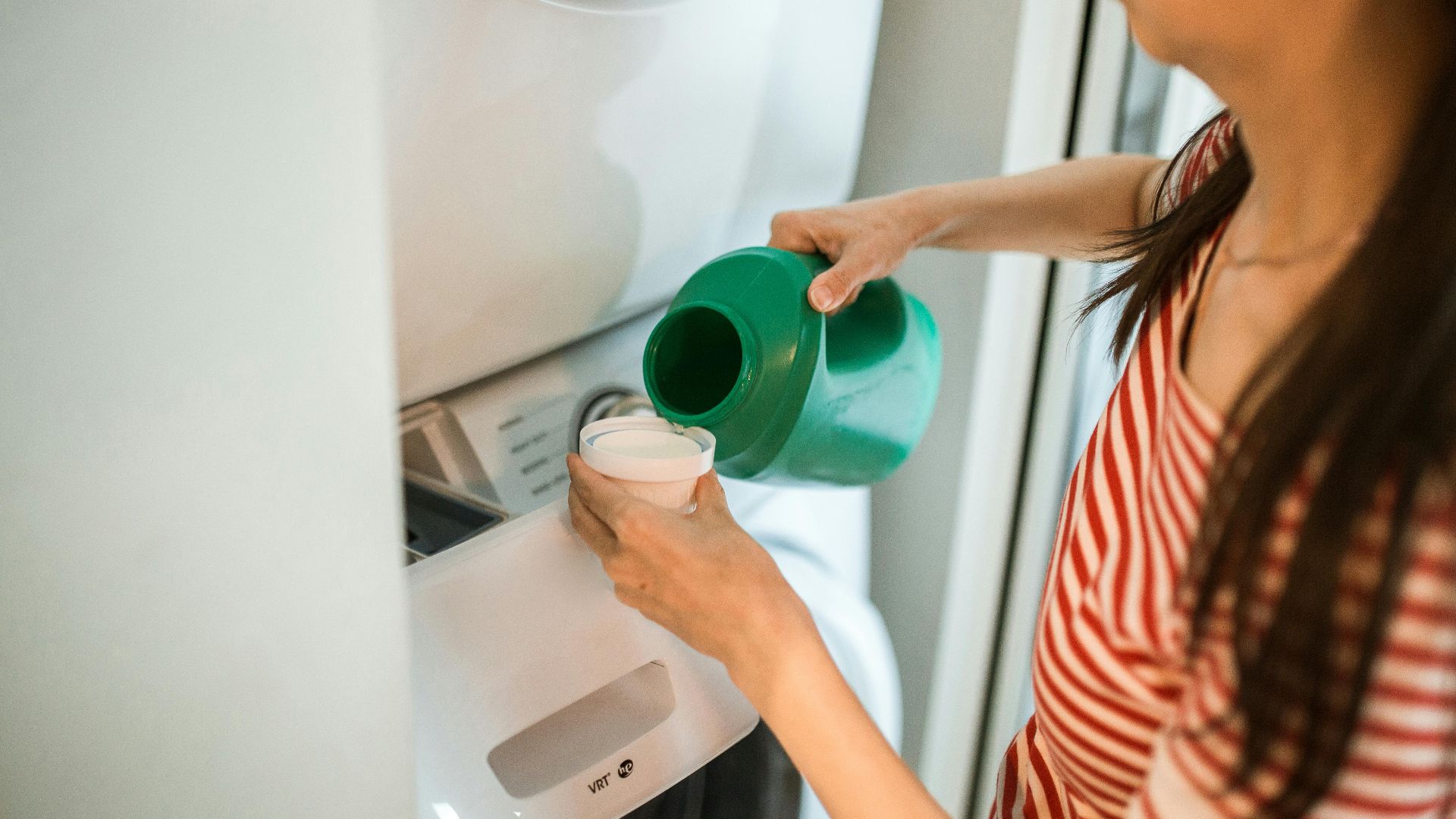The Ultimate Outfit Saboteurs
Wrinkles have a sixth sense—they appear right before you need to look put-together. You iron, you smooth, you pray, and ten minutes later, your outfit looks like it survived a wrestling match. That’s because some fabrics just refuse to cooperate. But before you swear off them forever, there are smart ways to deal with their stubborn folds. So, first, let’s take a look at ten fabrics that wrinkle faster than you can say “ironing board.”
1. Linen
Linen’s flax fibers have a rigid, low-elasticity structure that makes the fabric prone to creasing. Because these fibers can’t easily stretch back into shape, every fold leaves a mark. Moreover, its high moisture absorption worsens the effect, as humidity softens the fibers and deepens each wrinkle.
2. Satin
Unlike tightly woven fabrics, satin’s beauty comes at a cost. Its glossy surface is created by long, unanchored warp threads that slip out of place with even slight pressure. This loose-weave structure offers elegance but little stability, making satin especially prone to creasing.
3. Silk
To preserve silk's pristine appearance, understanding its key vulnerabilities is essential. The fabric's natural protein fibers inherently lack elasticity, making it highly susceptible to creasing. Besides, exposure to moisture, sustained pressure, or prolonged folding readily disrupts silk's smooth surface, resulting in noticeable wrinkles.
4. Cotton
Cotton wrinkles easily because its cellulose fibers have little natural elasticity. When the fabric bends or dries, hydrogen bonds between the fibers shift and lock into new positions, creating visible creases. And without stretching to recover its shape, every fold becomes a lasting wrinkle.
5. Rayon
At its core, rayon begins as simple wood pulp, turned through scientific ingenuity into regenerated cellulose fibers. This molecular foundation shapes every aspect of its character: the semi-synthetic structure creates its signature silk-like sheen, while high absorbency leads to easy wrinkling.
6. Poplin
Crisp yet stubbornly prone to creasing, poplin’s appeal lies in the same structure that betrays it. Its tightly packed cotton fibers leave almost no room for movement, so every bend becomes a sharp fold. In short, the smooth, plain weave highlights each wrinkle.
7. Velvet
Velvet may appear sturdy at first glance, but its structure tells a different story. This fabric’s dense pile of upright fibers flattens with even slight pressure, disrupting its smooth surface. Each shift or fold leaves visible marks, making velvet especially prone to wrinkling.
8. Muslin
Lightweight and breathable, muslin owes its wrinkle-prone nature to a loose cotton weave. Its threads move freely, lacking the stretch needed to spring back after folding. This relaxed structure encourages creases to form quickly.
9. Georgette
Naturally textured and slightly crinkled, georgette wrinkles because of its twisted yarns and light, open weave. Although synthetic types resist this more effectively, the delicate structure still makes georgette prone to visible creasing under pressure.
10. Voile
Voile wrinkles easily because of its fine yarns and tightly woven but lightweight structure. The thin cotton threads bend without resistance, forming small creases that hold their shape. Even minor pressure or movement can disturb its smooth surface, leaving the fabric slightly rumpled.
Now, here are ten easy, practical ways to keep them looking smooth.
1. Use A Garment Steamer
Skip the iron and opt for a garment steamer to smooth wrinkles safely. Steam relaxes fabric fibers without direct heat, preventing damage and giving clothes a fresh, crisp look. It’s especially effective on delicate materials, removing creases while also eliminating trapped odors effortlessly.
2. Hang In A Steamy Bathroom
The molecular structure of fabric fibers becomes more pliable when exposed to water vapor, allowing wrinkles to naturally release as the fibers relax. This scientific principle makes a steamy bathroom an effective wrinkle-reduction environment, particularly for lightweight garments with minor creases.
 Lotus Design N Print on Unsplash
Lotus Design N Print on Unsplash
3. Apply Wrinkle-Release Spray
Those stubborn wrinkles, clingy static, and stale clothes can make getting dressed a hassle. Enter wrinkle-release spray, the all-in-one solution that softens fabric fibers for easy smoothing, tames static electricity, and leaves garments delicately scented.
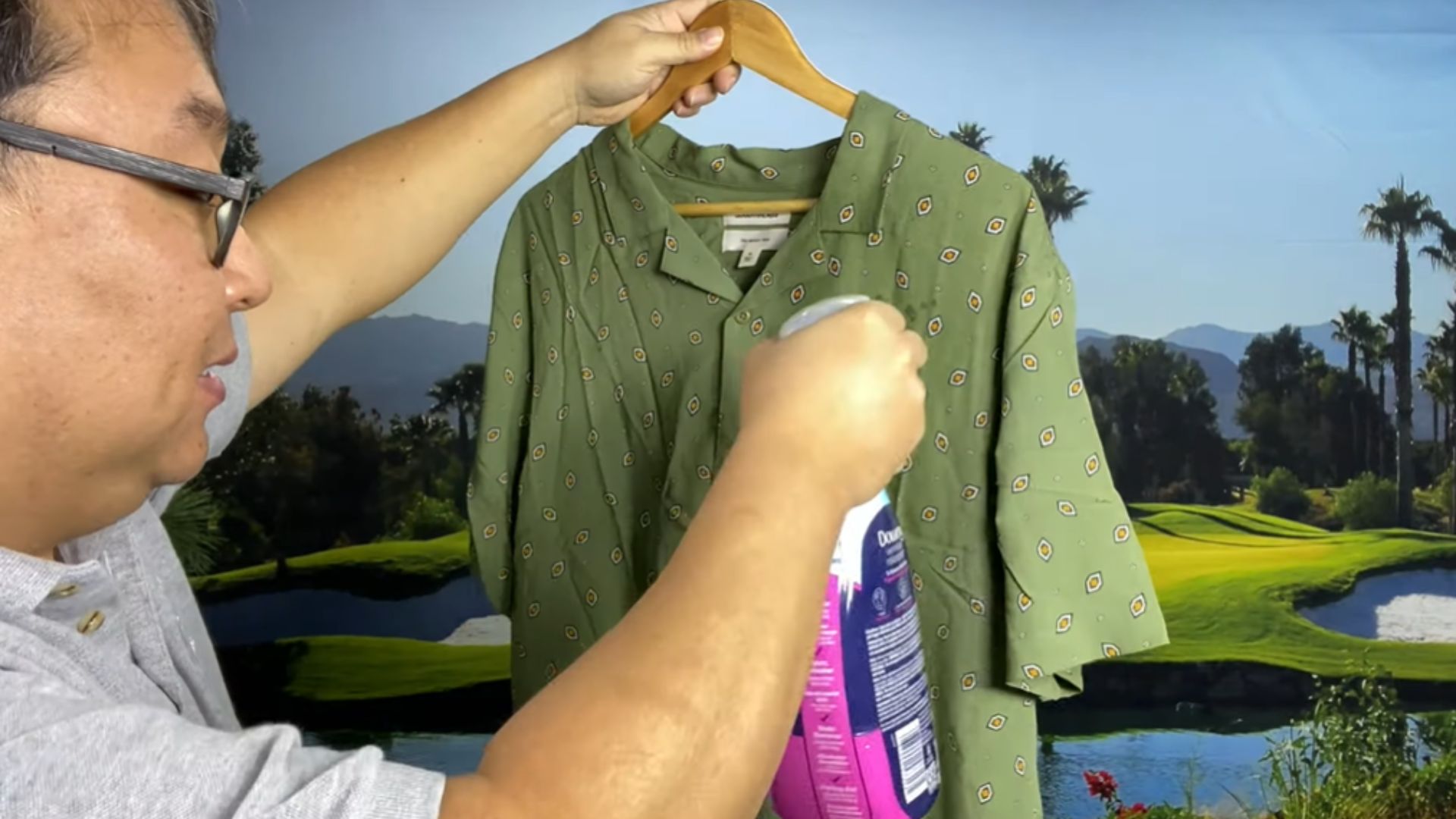 DOES WRINKLE RELEASER WORK? by Peter von Panda
DOES WRINKLE RELEASER WORK? by Peter von Panda
4. Toss In The Dryer With A Damp Towel
This energy-efficient wrinkle-removal technique requires minimal resources: simply pair wrinkled garments with a reusable damp towel in your dryer for a brief 10-15 minute cycle at medium heat. The resulting steam naturally relaxes fabric fibers, effectively smoothing wrinkles across multiple garments.
5. Remove From The Dryer Immediately
The critical post-drying window demands immediate attention, as cooling fabrics rapidly set into unwanted creases. Though modern dryers offer wrinkle-release tumbling as a backup measure, the definitive approach remains swift removal when cycles conclude.
6. Sort Laundry Loads Properly
Proper laundry sorting delivers essential fabric protection by preventing delicate items from being crushed by heavier garments during washing. It also minimizes damaging friction between different fabric types, helping clothes maintain their quality and extend their lifespan.
7. Use Dryer Balls Or Sheets
To prevent wrinkles, toss dryer balls or sheets into your dryer. They keep clothes separated, allowing better air circulation and faster drying. Wool dryer balls are an eco-friendly choice—reusable, chemical-free, and just as effective at softening fabrics while reducing static and creases naturally.
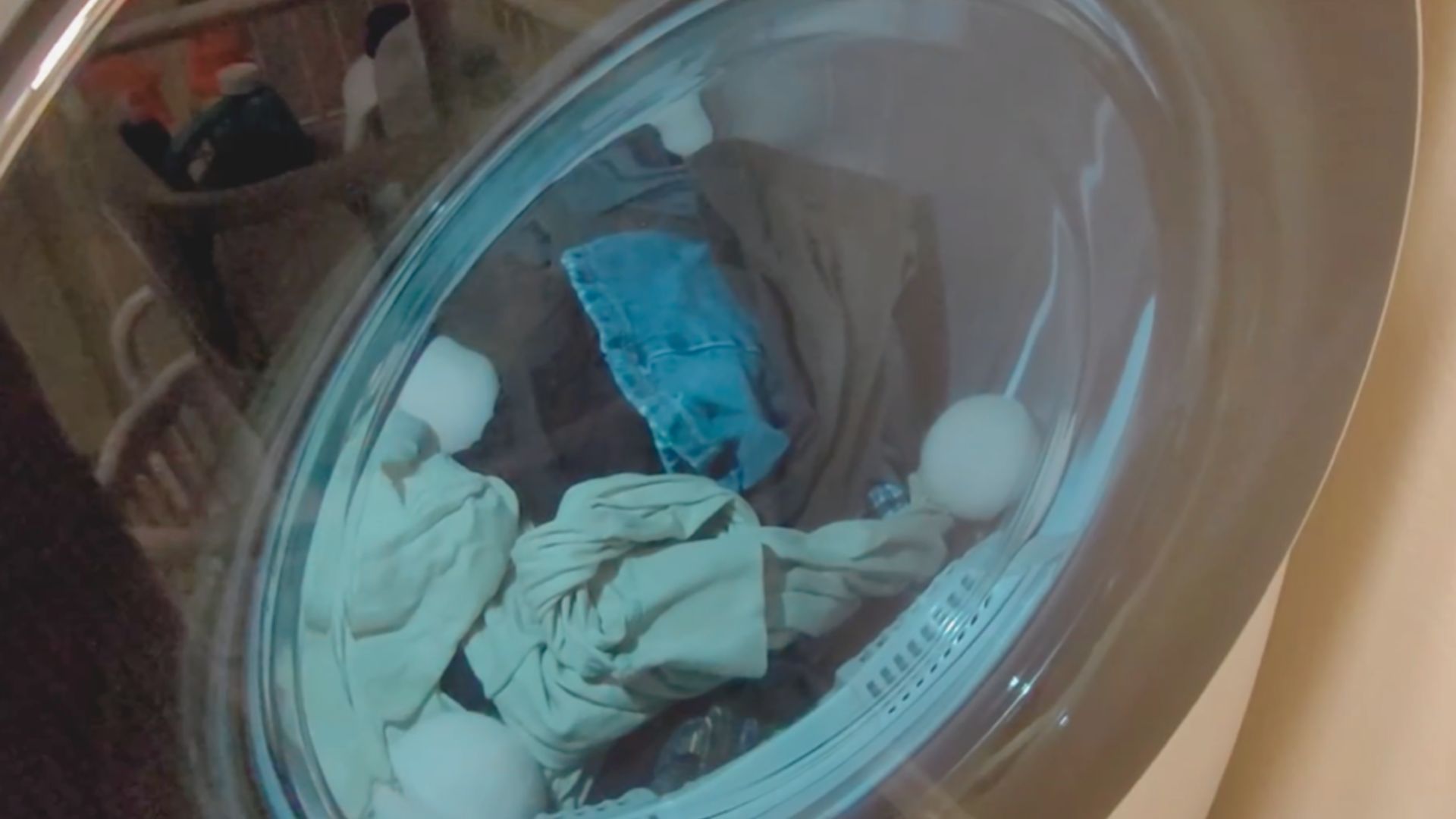 Using Wool Laundry Dryer Balls by DrB DIY
Using Wool Laundry Dryer Balls by DrB DIY
8. Roll Clothes For Packing
The Ranger Roll technique represents a professional-grade approach to wrinkle prevention during travel, leveraging precise compression mechanics to keep fabrics smooth and compact. By tightly rolling garments instead of folding, this method creates consistent pressure that prevents creasing.
9. Store On Padded Hangers
When delicate fabrics encounter rigid surfaces, they're prone to structural distress and unsightly creasing. Enter the humble padded hanger, whose cushioned design brilliantly distributes weight. This scientific approach to garment storage keeps silk, satin, and other fine materials wrinkle-free.
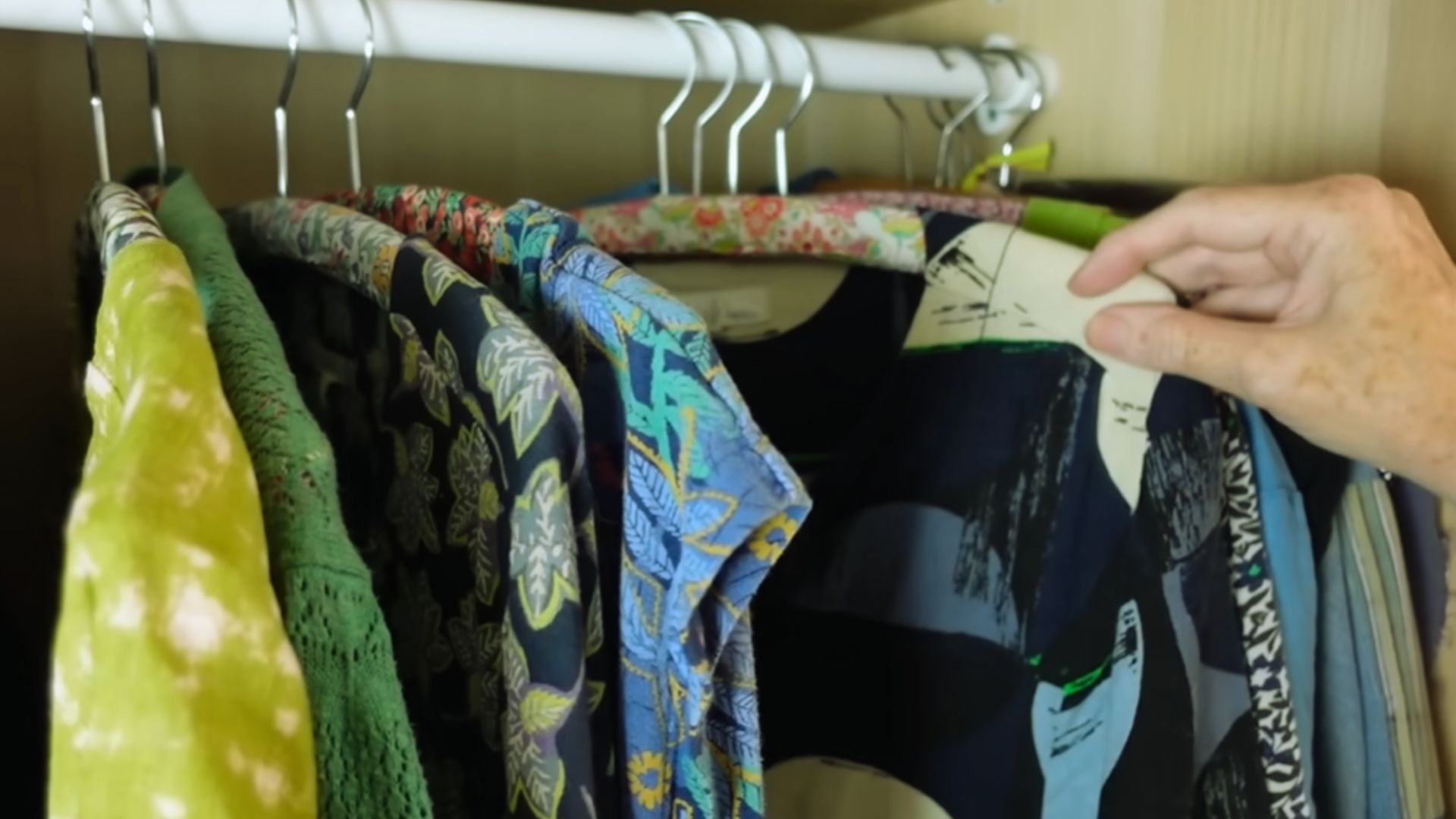 Making LIBERTY Coat Hangers for my Newly Organised Wardrobe! #24/18 by The Last Homely House
Making LIBERTY Coat Hangers for my Newly Organised Wardrobe! #24/18 by The Last Homely House
10. Use Fabric Conditioner In The Wash
Start your morning routine with confidence by treating your garments with fabric conditioner during the wash cycle. As you move through your busy day, specialized formulas work silently between the fibers, maintaining flexibility and preventing wrinkles while you're on the go.


